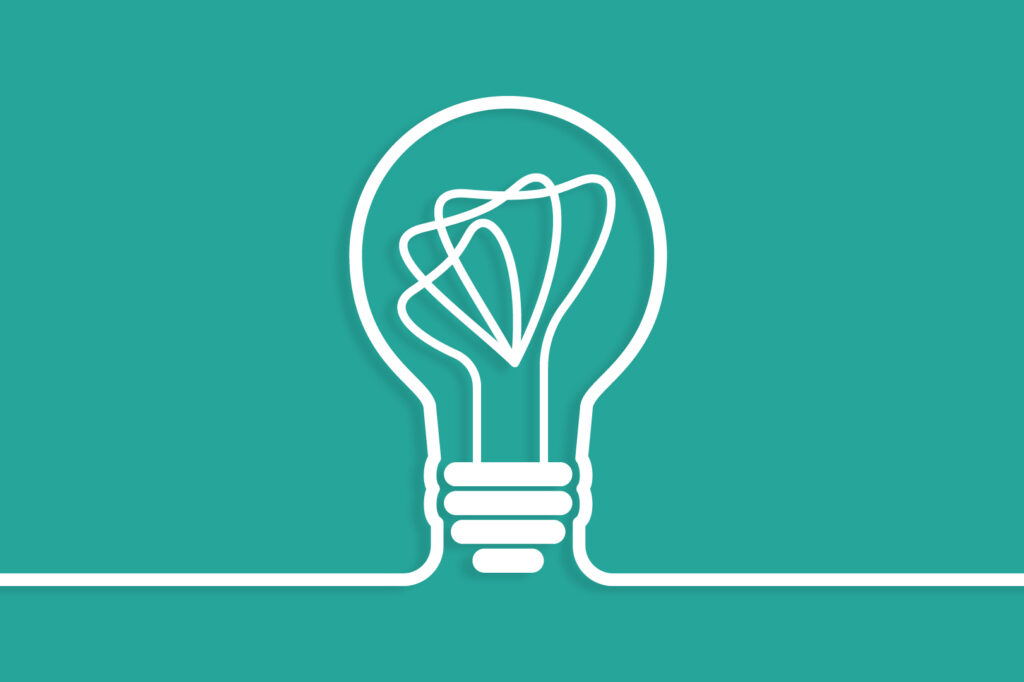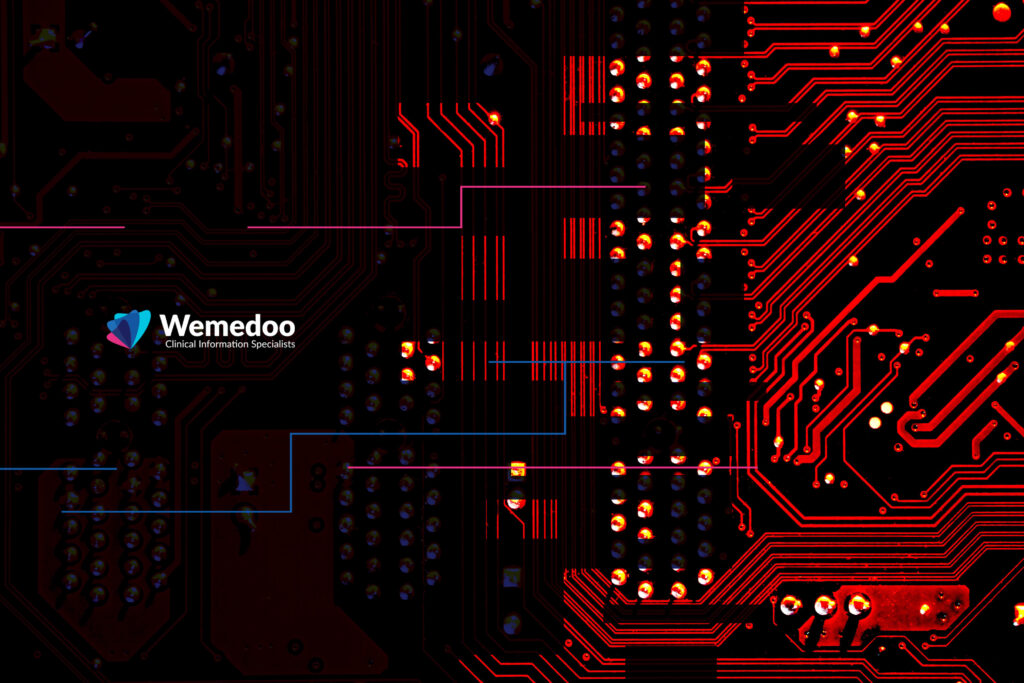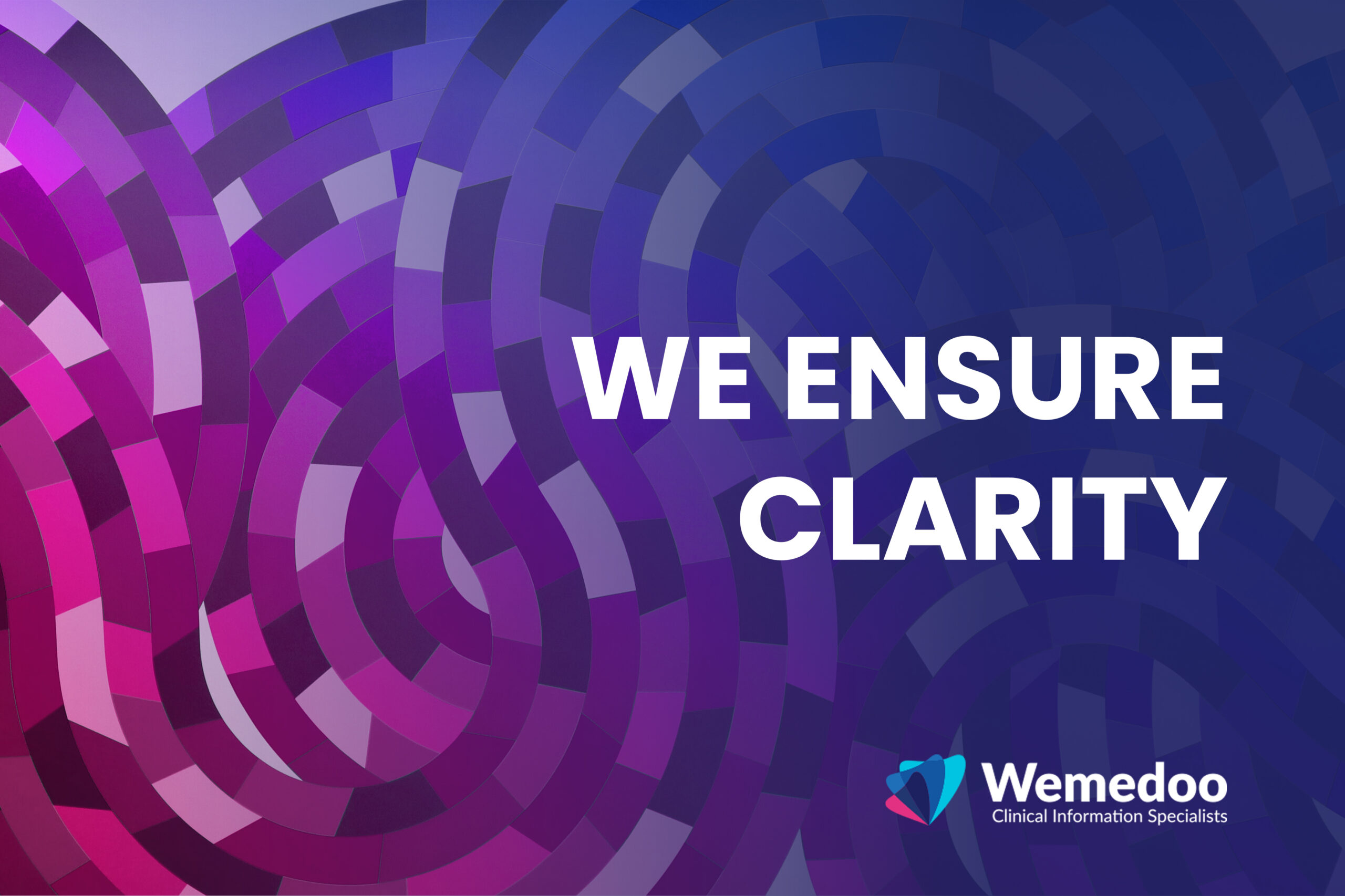One of the most resource-intensive, mundane, yet essential tasks in a clinical trial is the manual process of patient data entry. It usually includes transcription and validation of source data from an EHR or a pCRF into an EDC system’s eCRF.
Thankfully, recent developments have created the need to expedite and streamline these clinical trial processes.
Crisis Driving the Change
The COVID-19 pandemic bestowed a patient-centric imperative upon the healthcare profession. In other words, it is clear that day-to-day clinical practice must remain undisturbed. In case of emergencies, all staff resources must be allocated to tend to the patient.
The crisis adversely impacted outgoing clinical trials by imposing lockdowns and operational restrictions. External trial operators were denied access to clinic floors, and site staff were prioritized to patient care.
The chain in dataflow in clinical trials broke at the point of data entry! Consequently, many studies were put on hold, resulting in delays and significant loss of resources.
As clinical investigators pick up the pace of postponed clinical trials, the need for more resilient data acquisition methods grows.
Luckily, cutting-edge clinical trial software offers an elegant and reliable solution that mitigates the risk of such disruptions.
Shifting to Data Streamlining
Data sourcing in clinical trials is performed by the designated personnel, which usually includes on-site healthcare workers. In most cases, this takes too much of their patient time and results with inaccurate data transcriptions.
Entering patient data through an EDC form significantly facilitates the process by reducing the time needed to input the information. However, it can still lead to inconsistencies.
The easiest way to avoid errors at entry, while at the same time accurately feeding patient data to the EDC system, is to streamline the data directly from the Electronic Healthcare Records (EHRs) to EDC forms.
Direct data sourcing from EHRs is a challenging task that only fully integrated clinical trial software solutions can achieve. In general, it can be accomplished by interoperability.
With interoperability, the operating software has integrated functions that facilitate seamless and secure data transfers from EHR to EDC. Semantically interoperable software can be tuned to read and interpret incoming data signals from disparate healthcare systems as soon as they are fed to EHR. This data can be inbounded and streamlined, or sequentially obtained via export/import features.
In export/import function, the data from EHR is exported through Fast Health Interoperability Resources (FHIR), which includes data models, serialization formats in XML and JSON, and a RESTful API for querying clinical data. Exported data is then imported into a clinical trial management system.
FHIR is compatible with Substitutable Medical Applications and Reusable Technologies (SMART), which can easily facilitate data flow from various platforms, including EHR, wearables, and third-party applications.
Additionally, the SMART-on-FHIR system presents standard codes on a simple, developer-friendly platform, which can be synchronized with Patient-Reported Outcomes (PRO) to assess the impact of medical treatment or intervention.
There are several advantages of direct data sourcing, such as:
- Improved data quality and accessibility by eliminating unnecessary duplication of data and human-based transcriptional errors;
- Preserving data integrity, including data privacy and security;
- Acceleration of the study setup;
- Faster EDC forms creation;
- Promoting real-time access for data review, at the same time enabling faster detection of adverse events;
- Streamlining of site monitoring; and
- Improving patient safety and up-leveling patient care.
Streamlining EHR to the EDC system improves healthcare work, as it encourages entering the most accurate data during a subject’s visit.
Additionally, direct data sourcing saves countless resources by downsizing manual work personnel and reducing on-site monitoring visits and corresponding travel costs.
What the Future Holds
The world strives for automation driven by modern technologies. Global healthcare emergencies have shown how necessary these changes are, and especially in clinical trials.
It is safe to say that the shift from manual to direct data sourcing is inevitable. It is now software solutions that create the digital landscape of clinical trials, and with a clear purpose – more accurate data, fewer resources, better workflows, and improved patient care.
-

11 May 2022
Automating Stock and Supply Through RTSM -

09 Mar 2022
The Coupling of RTSM and the eCRF -

01 Feb 2022
Why Are Electronic Health Records Error-Prone?
